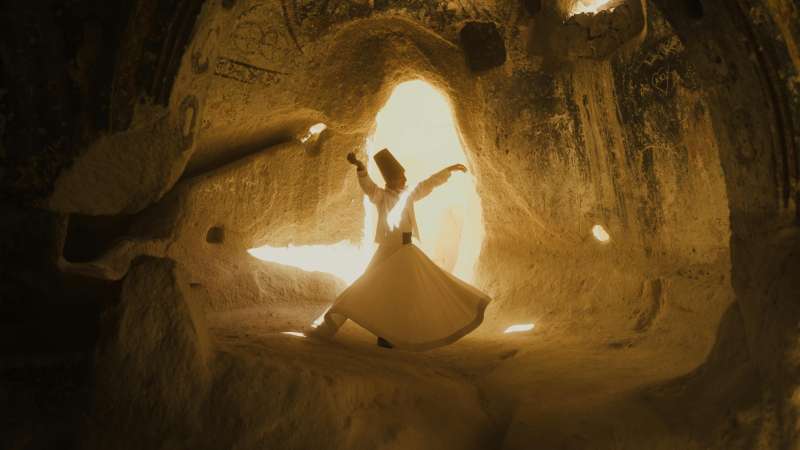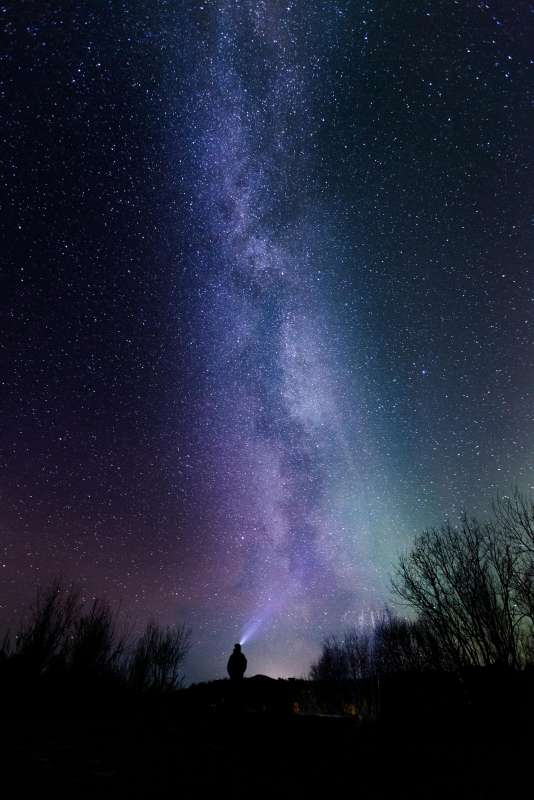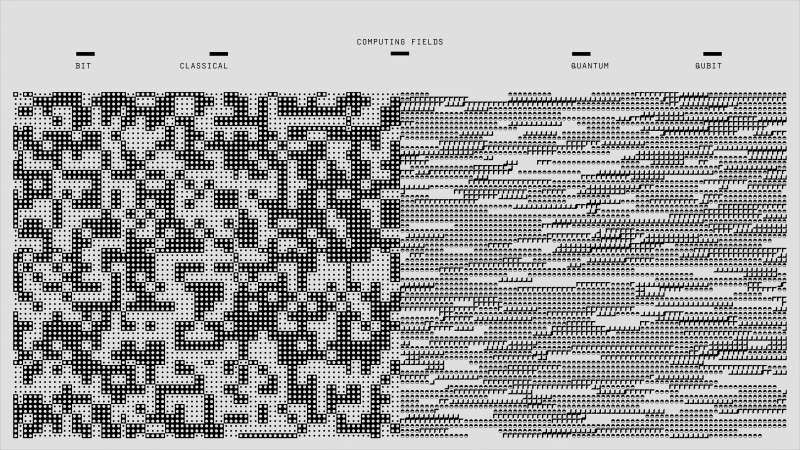Sufi Rhythms and Spiritual Ecstasy: Maulud in Senegal
Published on: April 30, 2025
The Resonance of Maulud in Senegal’s Sufi Landscape
On the 12th day of Rabi’ al-awwal, Muslims across the world commemorate the birth of the Prophet Muhammad. In Senegal, this day—called Maulud or Gamou—emerges as a tapestry of sufi mysticism, communal devotion, and ecstatic celebration, with layers distinct to the West African context. Senegal, where over 90% of the population identify as Muslim, offers a singular manifestation of Islamic spirituality rooted in sufi brotherhoods, known locally as the tarikhas. Particularly influential are the Tijaniyya and Mouridiyya orders, which infuse Maulud with music, rhythmic liturgies, poetry, and dramatic processions—practices that create a spiritual grandeur unlike any seen elsewhere.
Foundations: Sufism and the Birth of Maulud Traditions in Senegal
Sufism—Islam’s mystical branch—arrived in Senegal with North and West African scholars and traders between the 11th and 16th centuries. The adaptation of sufi practices quickly interwove with local Wolof, Serer, and Fulani rhythms and traditions. Today, sufi brotherhoods provide the backbone of Senegalese Islam, shaping not only religious but also social and cultural life. The annual Maulud celebrations reflect this synthesis: they are not mere commemorations, but a living ritual that binds past and present, the holy and the communal.
- Tijaniyya order: Founded by Sheikh Ahmad al-Tijani in 1782 in Algeria, the Tijaniyya became embedded in Senegal in the 19th century, particularly in Tivaouane, now synonymous with grand Maulud celebrations.
- Mouridiyya order: Rooted in the teachings of Sheikh Amadou Bamba in the late 19th century, the Mourides base their central Maulud commemorations in Touba, their spiritual capital.
Core Maulud Rituals: Sound, Rhythm, and Gathering
The Maulud night and the days leading to it are soaked in vivid rituals. Homes, mosques, and public squares fill with the murmur of zikr—the rhythmic chanting or singing of God’s names and prophetic praises. Organized groups known as zikr circles (majalis) often rehearse for weeks, seeking to perfect the cadence and harmony that can induce collective spiritual ecstasy.
- Zikr and Hadhra: Groups of men and women—sometimes youngsters, sometimes elders—gather in concentric circles. As night deepens, the pace of repetition increases, voices rise, drums and calabash percussions join, and dancers sway in a trance-like rhythm.
- Poetic Mawlids: Many events feature the recitation of classical Arabic or Wolof-language mawlid poems recounting Muhammad’s birth, virtues, and miracles. The most famous is Imam Al-Barzanji’s Maulid, but new compositions are common and performed in a call-and-response style.
- Processions and Sheer Scale: In cities like Tivaouane, processions start hours before midnight, with followers carrying lanterns, chanting hymns, and parading effigies of the Prophet’s sandals or banners inscribed with Quranic verses.
Tivaouane: The Tijaniyya Epicenter
If there’s a heart of Maulud in Senegal, it beats in Tivaouane. Every year, hundreds of thousands—sometimes crowding to almost a million—converge on the city. The spiritual leader (Khalif General) of the Tijaniyya presides over the ceremonies, which include:
- Mass prayers (duas) and supplications led by renowned scholars and sheikhs.
- Choral zikr performances under tents, open-air courtyards, and sacred shrines.
- Vast communal meals (most commonly milky porridge and rice with meat), echoing the Prophet’s tradition of generosity.
- All-night readings of the Barzanji poem, with listeners often moved to tears or shouts of “Amin!” after each stanza.
One Tijaniyya disciple, Serigne Amadou Diop, recalls:
“As a child, I’d watch my father fast all day in preparation, and, come nightfall, the courtyard would overflow. The air was thick with incense and the aroma of cooking. When the zikr started, my skin would prickle; all we could do was sing, clap, and let the waves carry us. We felt we were in Medina, with the Prophet himself.”
Touba: Mouride Spirituality and Maulud
While the Tijaniyya have Tivaouane, the Mourides call the holy city of Touba their own. Touba’s Maulud is equally grand, but suffused with unique Mouride traditions, particularly the poetic and musical stylings taught by Sheikh Amadou Bamba. Grand mosques fill with thousands of disciples (talibés), who spend the night in recitation, drum-driven chants, and the famous xassida—poetic praise of Bamba and the Prophet.
- The mbalakh-inspired drumming and Wolof vocal lines infuse the pilgrimage with local flavor.
- Much like Tivaouane, communal meals and open-door hospitality abound, fostering a palpable sense of unity.
- Hikam: Discourses and wisdom gatherings offer spiritual advice, connecting the Prophet’s birth to broader lessons on devotion, humility, and perseverance.
Fatou Sow, a Touba resident, shares:
“Maulud in Touba is pure joy. My drums, my voice join the chorus—the mosque shakes. In those hours, we are all one heart, one people, in God’s presence.”
The Role of Women and Youth
Senegalese Maulud breaks stereotypes of sufi gatherings as male-dominated. Women take leading roles, especially in organizing feasts, composing poems, and chanting in women’s circles. The event is a time for passing tradition to the next generation: children memorize prophetic stories, girls and boys form their own chanting groups, and elders patiently instruct them in rhythm, lyrics, and sufi etiquette.
- In many neighborhoods, girls perform specific chants learned from their mothers and grandmothers.
- Youth choirs creatively blend Arabic, Wolof, and French verses set to modern and traditional beats.
Even outside major cities, in rural villages and small towns, these patterns echo—a grandmother’s story, a boy’s drum, the soft harmony of girls singing by lantern-light.
Sacred Feasting and Hospitality
A defining feature of Senegalese Maulud is the tradition of open hospitality. Following late-night prayers and chanting, large pots of millet or rice porridge, sweetened with condensed milk or local honey, circulate among all—no guest is turned away. Roasted meats, sweet cakes, and even hibiscus or baobab drinks (bissap and bouye) are shared. These meals turn ritual into celebration and strangers into kin.
Mysticism in Music: The Drums and Chants of the Night
At the core of Sufi Maulud is music—not for entertainment, but for transcendence. Traditional instruments include:
- Sabar and tama (talking drums): Echoing the heartbeat of the gathering, these drums direct the tempo of zikr and unify the group’s spirit.
- Calabash percussion: Used to create shimmering layers over the chanting, handled mostly by women.
- Voice: The true instrument—children to elders, a capella or in strong unison, chanting is considered the most immediate path to spiritual elevation.
Ethnomusicologists have noted that the Senegalese Maulud is one of the most elaborate Islamic musical events outside the traditional Middle Eastern world. Rhythmic patterns accelerate, shifting seamlessly between solemnity and rapture, mirroring the sufi doctrine of losing oneself in communal worship and remembrance of the divine.
Poetry, Oral Storytelling, and Collective Memory
Poetry is woven through the entire celebration. Senegal’s griots (traditional praise singers) and sufi poets recount both prophetic deeds and local saintly miracles. Classic mawlid texts are performed in Arabic, but often retold in Wolof, making their spiritual message accessible and familiar.
- Whole nights are spent reciting poems penned by Al-Barzanji, Ousmane Samba, or Ndaté Yalla Mbaye.
- New compositions annually emerge, sometimes incorporating contemporary themes: peace, migration, or the struggle for social justice infused with prayer and hope.
Cheikh Ahmadou’s lineage, for example, is celebrated through xassidas—poems that at times last over an hour, their refrains chanted by children and elders alike, and often set to rhythmic hand-clapping and soft drumming.
Sheikh and Disciple: The Spiritual Hierarchy
In both the Tijaniyya and Mouridiyya brotherhoods, the spiritual master (sheikh or marabout) plays a central role in Maulud. Believers line up to receive blessings, ask for prayers, or simply touch the sheikh’s robe—a practice believed to transmit spiritual grace (baraka). Speeches and sermons direct followers not just toward Muhammad, but toward the mystical journey of the soul, emphasizing humility, service, and love. It’s here that the community most keenly feels the living continuity of Sufi tradition, as ancient wisdom is renewed with each generation.
Urban and Rural Contrasts in Celebrations
While cities such as Dakar, Kaolack, Saint-Louis, and Diourbel host theatrical Maulud processions and televised gatherings, rural villages experience the festival in more intimate, but no less passionate, fashion. A village elder, Mamadou Ba, from the Fouta Toro region, shared:
“We cannot all go to Tivaouane or Touba. Here, the mosque is small, but our love is great. We gather, we tell the old stories. Children drum on calabashes while the imam recites. At dawn, we share our last bowl of porridge and pray for the world.”
Table: Comparison between Tijaniyya and Mouridiyya Maulud Practices
| Aspect | Tijaniyya (Tivaouane) | Mouridiyya (Touba) |
|---|---|---|
| Central Venue | Grand Mosque of Tivaouane | Great Mosque of Touba |
| Musical Style | Arabic-Wolof chants, choral zikr | Wolof xassida, traditional and mbalakh-influenced drumming |
| Key Rituals | Processions, recitation of Barzanji, community meals | Xassida recitals, communal meals, dervish-style dance |
| Leadership | Khalif General, marabouts | Caliph of Mourides, serigne guides |
| Role of Women | Choral leading, feasting organization, poetry recitation | Chanting circles, storytelling, children’s education |
The Night of Lights: Visual Splendor and Sacred Space
Visually, Maulud is dazzling: lantern processions (sometimes hundreds in a single parade), colored banners, shrine decorations, and mosque minarets shimmering beneath Senegal’s night sky. In neighborhoods, doorways glow with candles, and special mats are rolled out for guests. This illumination, both literal and metaphorical, symbolizes the Prophet’s birth—a descent of divine light to a world in darkness.
Modern Innovations and Social Media
In the era of smartphones and live streaming, major Maulud events are broadcast across radio, television, and social networks. Hashtags such as #Gamou2025 and #SenegalMaouloud light up Twitter and Facebook. Diaspora Senegalese communities—from Paris to New York—host parallel events, joining via video calls or sharing recordings of their own zikr and meals. This global participation further cements Maulud as not just a ritual, but a reaffirmation of collective identity and faith.
Challenges and Continuing Renewal
Even as Maulud celebrations grow, they also evolve. Critics from more conservative Islamic perspectives occasionally contest its festive elements, viewing music and communal poetry as ‘bid’ah’ (innovation). However, for the vast majority, these practices are cherished as the very heart of their spiritual inheritance. In recent years, eco-conscious programs—waste reduction, reusable dishware, solar lanterns—have joined traditional rituals, ensuring the continuity of celebration with respect for changing times.
A Living Heritage
The Sufi Maulud in Senegal is a living heritage, at once deeply religious and transcendently communal. Its music, poetry, and feasts speak to the resilience of spiritual culture—unbroken since the days of the first sufi teachers in West Africa. Whether on the wide boulevards of Tivaouane, in the echoing halls of Touba, or the dusty lanes of Fouta Toro, the rhythms of Maulud resound year after year, connecting hearts in spiritual ecstasy and remembrance.










